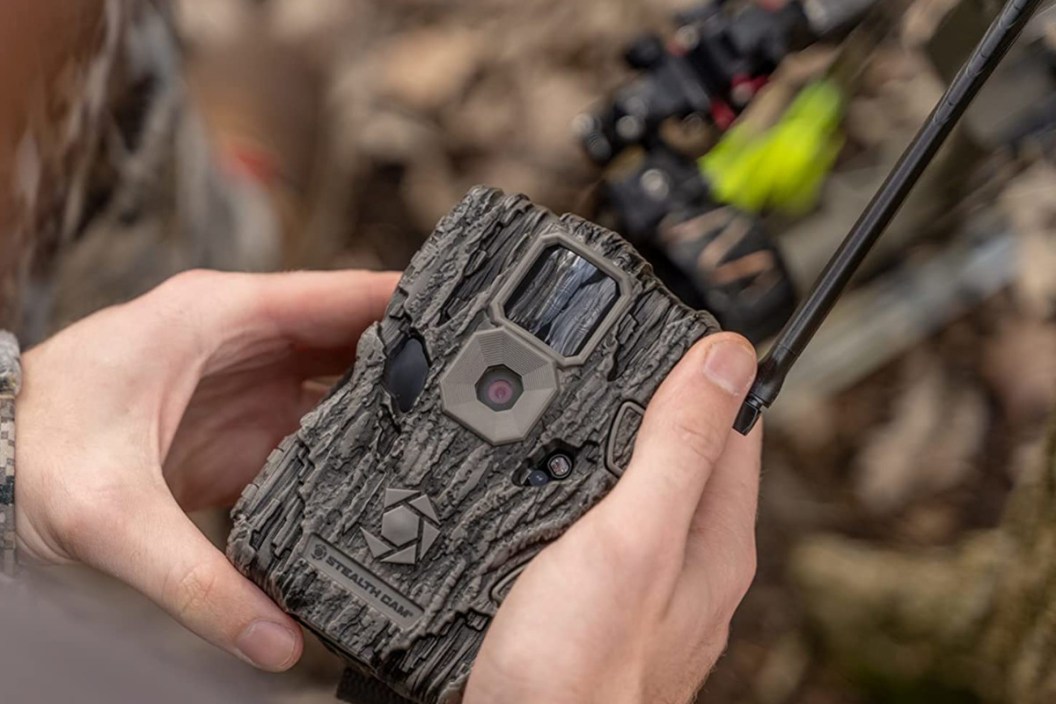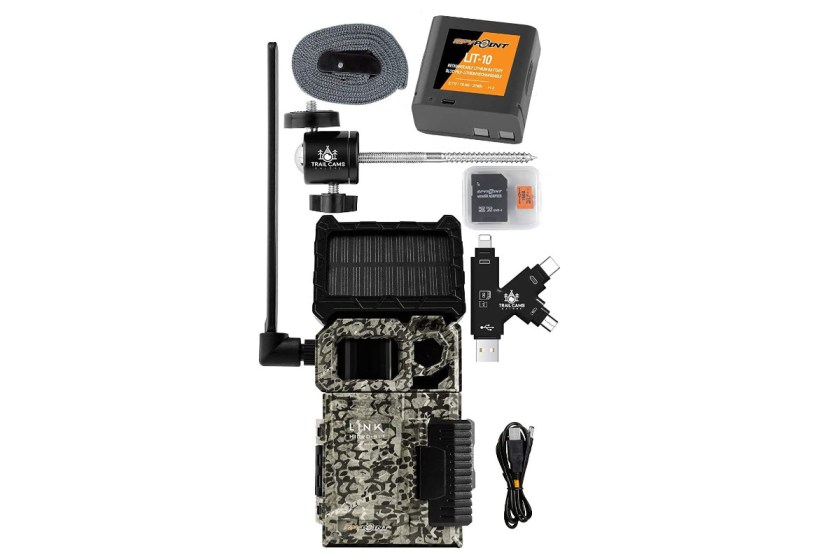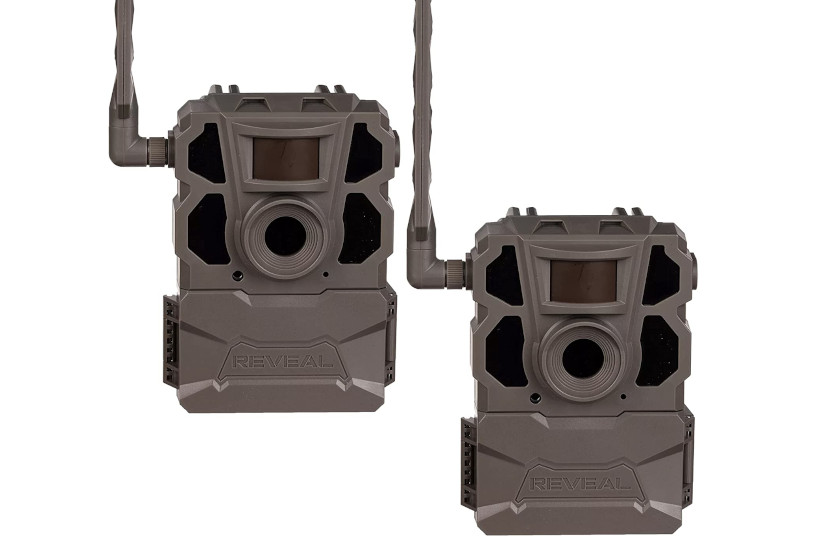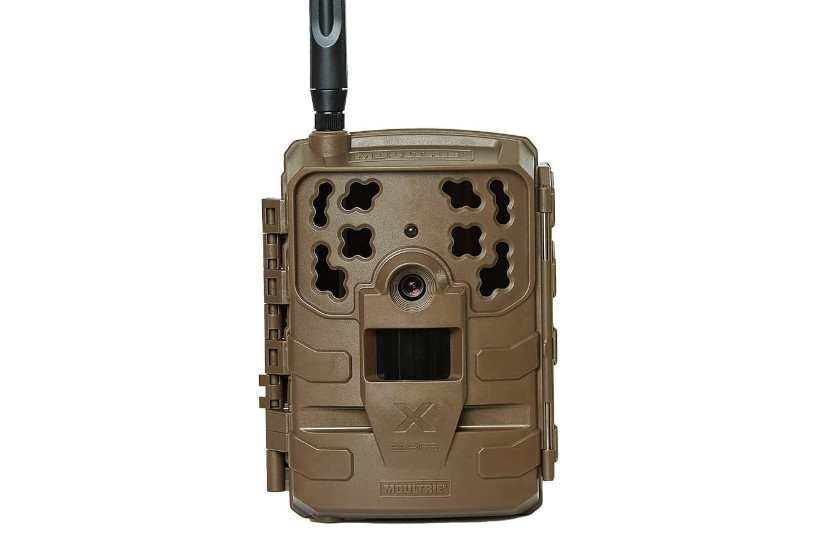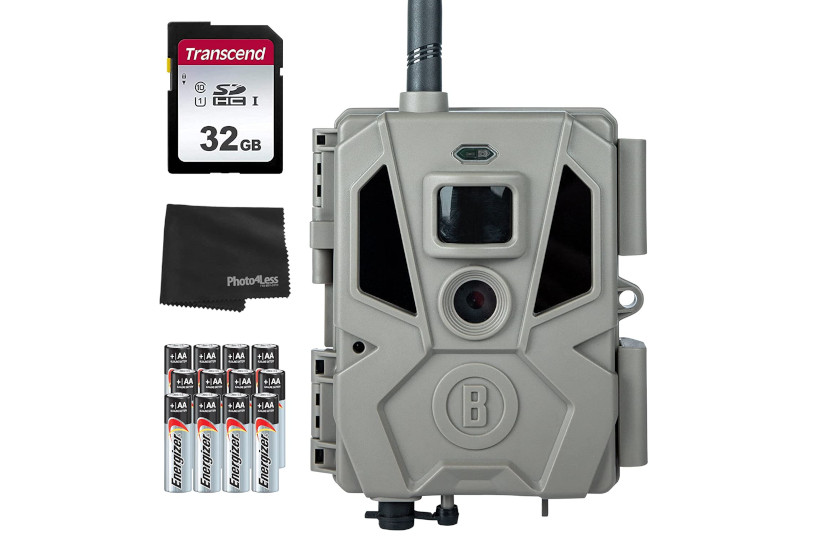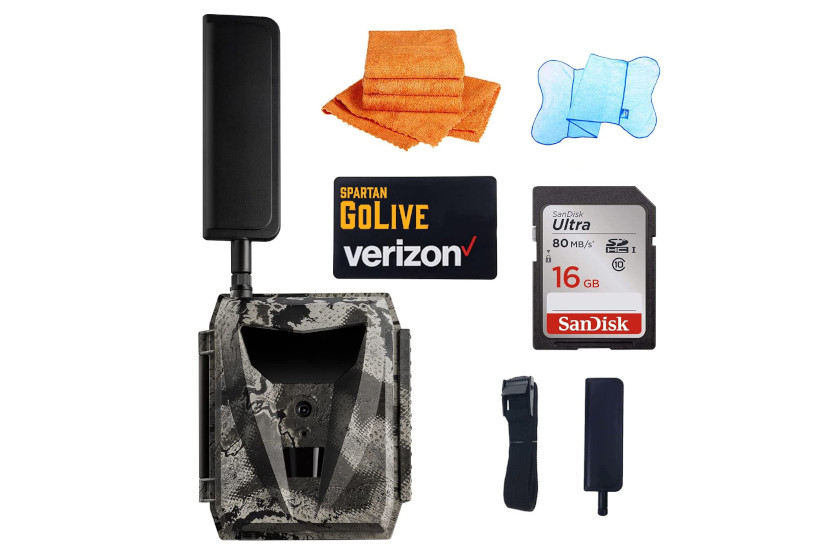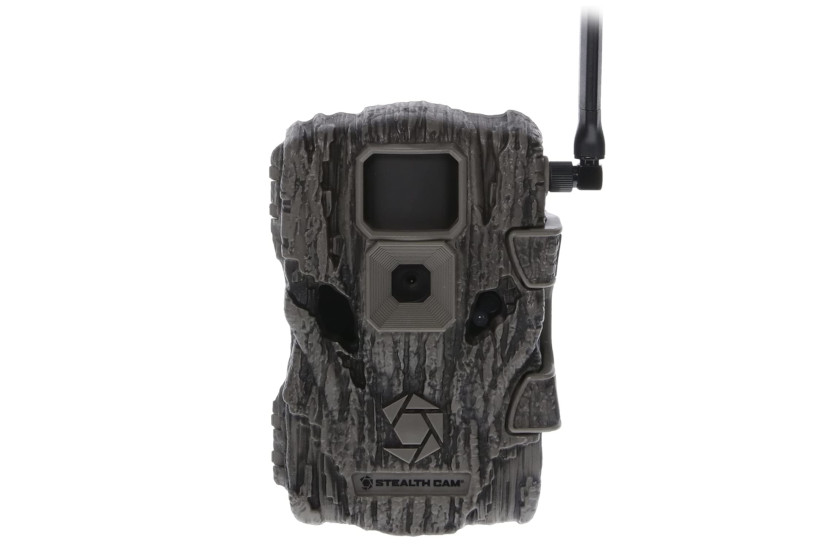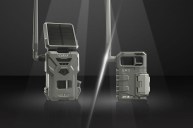It's incredible how quickly trail cameras went from novelty to an indispensable hunting tool for many. I still remember seeing the first ads for film-based Cuddebacks in the late 1990s when the concept of monitoring the game animals in your area was taking off. Those old cameras were relatively crude. They used a white flash that could spook deer, and you were limited in what you could learn from them since even larger rolls of film only held about 36 shots.
Within 15 years, though, the technology had advanced to digital game camera technology. These new cameras offered an invisible infrared night vision, so the deer never knew hunters observed them. If that wasn't enough, digital technology allowed hunters to capture as many images as an SD card could hold or until the batteries gave out, whichever one came first.
Companies kept innovating, and today's modern cameras have some truly impressive specs, offering better image quality and even the ability to capture full HD video with sound. One can argue trail cameras became the single most significant innovation in deer hunting since the development of modern smokeless powder for firearms. But it doesn't end there. Because now, cellular trail camera technology is taking over the market. Now hunters can get photos sent directly to their phones in real-time, offering an unprecedented look into the secret lives of deer and other big game. It gives hunters a distinct advantage we've never had before. Today we'll look at some of the best cellular trail cameras on the market and some of the pros, cons, and controversies resulting from the technology.
Cellular Trail Camera 101
Do Cellular Trail Cameras Require a Subscription?
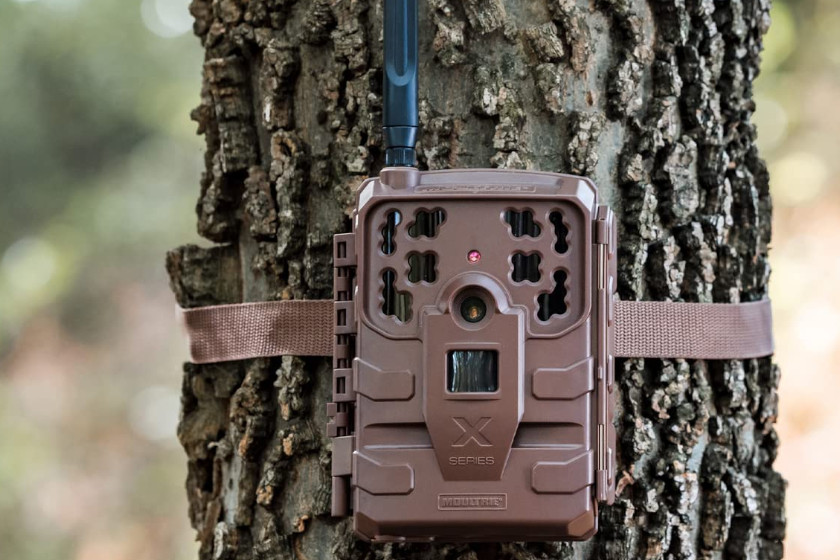
Amazon
The simple answer is yes. Most cellular cameras require a paid subscription of some kind to function properly. Without a data plan, you will not get images sent to your cell phone. These are usually plans through AT&T, Verizon, or other popular networks. The plans are almost always sold directly through the company that manufactures the game camera. Every manufacturer has different data plans with differing price points. Most also aren't too clear about precisely what their plans entail either.
Most plans offer the choice to pay either monthly or annually and seem to be based on a set number of images per month. For instance, Moultrie provides a standard package of $9.99 per month that will get 1,000 pictures and ten videos. Their unlimited plan is $16.99 monthly for unlimited photos and 50 videos. Cuddeback has a 750-image plan for $15 with their CuddeLink cameras. If you want more images, it's going to cost more. Some companies price their strategies depending on the amount of data. For instance, Exodus has a 50 MB plan for $5 a month that they say will get you an estimated 1,000 images.
Most companies also require you to buy a plan for every camera. So, if you have more than one, expect to pay that $9.99 for every single one. If you have two cameras, that'd be around $20 a month for a basic plan, as you add cameras. Although some companies now also offer data plans that cover four or more cameras. The costs for these started at about $50 a month. The total yearly costs translate to about $200 to $450 depending on the type of camera, data plan, picture quality, and the number of months you run it. If you want to keep costs low, we recommend running a monthly program where you only run it a few months out of the year.
Pros, Cons, and Ethics of Cellular Trail Cameras
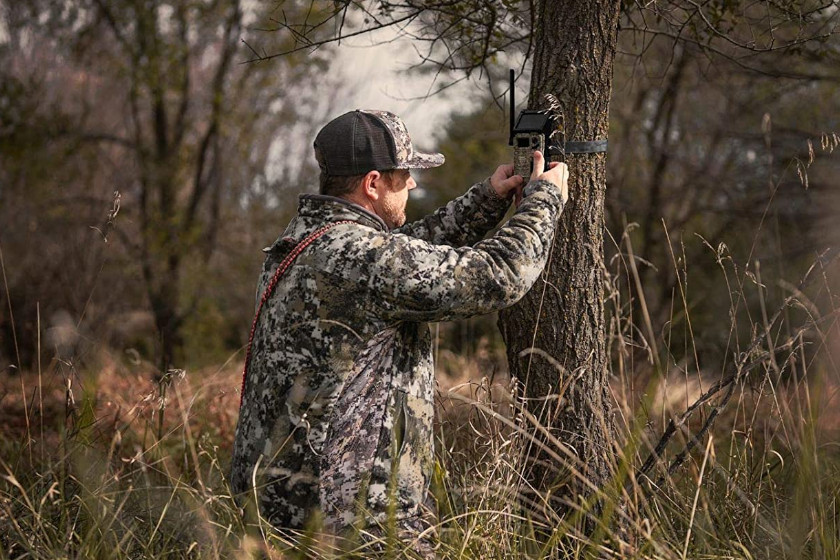
Amazon
The low-impact approach to scouting is the most obvious benefit of any wireless trail camera system. The cellular game cameras stay in the woods, transmitting vital images without you constantly tromping through the deer's bedroom to check them. It's a huge time saver, especially for hunters who own a piece of property hours away or in another state. Why deal with all the mosquitoes, ticks, and sweat of checking cams in the summer months when you can sit back and have images pushed to you on your phone? It certainly makes summer scouting more fun and enjoyable. Plus, the less you are in your hunting area, the better. You don't need to go out there until it's time to hunt, upping your odds of success.
The power system is worthy of consideration. Almost all these cameras sell with a solar panel or at least hookups for a separately sold solar energy system. This often makes the cameras more expensive and time-consuming to set up. However, we like the obvious positive environmental ramifications of using a rechargeable battery instead of dozens of disposable AA batteries, saving money in the process.
One big issue can be signal strength. If your hunting area can't get a cellular network, it will be able to transmit photos back to you, defeating the whole purpose of this type of cam in the first place. Many cameras have long, signal-boosting antennas, but some remote areas aren't going to have coverage because the network hasn't been built to support it.
A final concern regards the ethics of using these cameras. If you're hoping to put a big buck in the record books, you'll probably want to steer clear. Both Pope, Young, and Boone and Crockett Club have declared cellular trail camera technology a violation of their standards of fair chase. The organizations are fine with traditional trail cameras that require a physical check of the camera site. However, the introduction of real-time imaging caused them to add some fine print.
"Real-time" is a crucial concept. Seeing a photo and harvesting an animal a few hours later, or even the same day, uses this technology to assure a kill," Boone and Crockett's website states. "It also takes advantage of the animal, which cannot detect impending danger from a camera. Waiting several days, or even until the following season, to pursue an animal captured on camera is different and would not be deemed an unethical use of a trail camera."
So, there's a little controversy on the ethics of using this system. We also won't discourage using the tools where they are legal, but it's up to each hunter to determine what they will use to aid in the hunt.
Let's look at some of our top picks for this type of camera currently on the market. We made sure to outline all the costs of the camera and what the data plans will cost in the long run.
Spypoint Link Micro-S-LTE
The Spypoint is an excellent choice for a cellular trail camera. We like this one because you get a complete package for $200. This camera includes an attached solar panel and a lithium battery, so you can just set it and forget it—no more worrying about the battery life of your cams. The Spypoint has a 10-megapixel camera, a fast, 0.4-second trigger speed, an 80-foot detection, flash range, and single photo and multi-shot modes. The trail cam sends the images directly to the Spypoint app on your phone. Spypoint's data plans are $15 a month or $120 a year for unlimited photos, making it one of the more affordable cell cam packages on the market today.
TACTACAM Reveal X Two Pack
One camera is good, but two are always better when trying to pattern a big buck. You can save a little bit by picking up this $229 two-pack instead of buying multiple cameras separately. This one runs on AA batteries, or you can add a solar option later through an external port. This camera operates via Verizon or AT&T's nationwide 4G LTE network. Another feature we like about this one is that you can adjust the illumination manually. So, if you're getting a lot of washed-out nighttime photos, you can tone down the intensity a little for more excellent pictures. TACTACAM says to expect detection and illumination at up to 96 feet. The data plans for TACTACAM start at just $5 ($55 yearly) for a 250-photo starter plan and go up to an unlimited plan for $13 monthly ($120 annually).
Reconyx Hyperfire 2
At $599, the Reconyx is more expensive than many other options on the market. Still, you'll get excellent quality and a bevy of extra features with this one that other cameras don't offer. This camera has a fast, 0.2-second trigger speed and can capture images at 150 feet, thanks to the no-glow infrared flash. It shoots normal color photos during the daytime. This camera has proven quite popular as a hunting tool and a security camera for remote cabins or other areas where that type of surveillance was impossible. This camera will also geo-tag your photos and last up to 5,000 images on a single charge. You can run it off an external power source or use 12 AA batteries. The Reconyx also includes the ability to do time lapses and a rapid-fire mode that can shoot up to 10 images for each trigger. This camera is 4G LTE cellular-enabled. Reconyx's plans start at $5 a month. One nice feature is you can "hibernate" the camera remotely for off-season times when you don't need it, saving you money on data without removing the camera from the field.
Moultrie Mobile Delta Base
We like the Moultrie for the hunter who wants to blanket their area with as many cameras as possible. Moultrie recently lowered the price point for this one from $100 to $80, so you can afford to pick up as many as you might need. The Moultrie has a .75 trigger speed and reaches out to 80 feet with detection and invisible flash. Another feature we like about this one is that the video mode includes sound, a quality that is harder to find on my trail cams. Moultrie also has some excellent software that can help you pattern big bucks. They also have species recognition software that can detect the differences in what's walking in front of the cam. So, you can set it to alert you just for bucks, turkeys, vehicles, or people, depending on what you need. As mentioned earlier, Moultrie's plans start at about $7.99 monthly for an unlimited plan through Verizon or AT&T.
Bushnell CelluCORE
For the hunter who likes quality images, this 20-megapixel camera will deliver just that. Browning trail cameras have long been associated with image quality. This is one of the few cell trail cameras that shoot 1080p video with sound, cellular or otherwise. It has a 0.5-second trigger speed and a detection range of 80 feet. The low glow flash isn't likely to spook deer, either. The CelluCORE uses AA batteries, but there's also an adapter for use with a solar panel. This camera operates from either AT&T or Verizon networks. Bushnell has built coverage maps into their app so you can choose the one that's right for your area. Bushnell's data plans are reasonable too. For $9.99 a month, you can get 2,000 photos and five videos. For $14.99 a month, they offer unlimited photos, high-res images, and videos.
Spartan GoLive
The Spartan's unique hook is that it not only transmits images and video to your phone. The GoLive is capable of live streaming video up to 30 fps, with sound to your phone so you can watch what's happening live. It's capable of 1080p HD video. The night range is 60 feet, and the trigger time is 0.4 to 0.5-seconds. Another nice feature is that you can adjust the sensor's sensitivity. There's an adapter for solar power to charge the internal lithium-ion battery. We also like this for the larger, omnidirectional paddle antenna and a dedicated internal GPS. That GPS is an excellent theft deterrent because it continues to transmit the location even if a thief removes the batteries, allowing law enforcement to track them down. Spartan has shared data plans where you can mix and match coverage between AT&T and Verizon under the same plan. The camera itself can usually be found for around $400. Their plans are a little more expensive. You're looking at $15.99 a month for up to 500 MB of data to $199.99 for 12 GB of data for a year.
Stealth Cam Fusion X
The Stealth Cam brand has built its name on quality products at affordable prices. At $114, the Fusion X is a fine choice for a first cellular cam. The company packs a bevy of adjustable settings into this cellular trail cam for a photo, video resolution, and burst modes. It shoots 1080p HD video at 30 fps. It even has a time-lapse mode. With this one, expect 0.4-second trigger speeds and an IR range of 80 feet. The timestamp also includes moon phases. It runs on eight AA batteries but can also be hooked to a solar panel. Stealth Cam's data plans come with a year of cloud storage as a bonus. They offer a monthly plan that's good for 600 photos at $5 a month. The unlimited plans are $20 a month. Their $50 bundle plan will cover up to three cameras under the same plan. Like most companies, Stealth Cam gives a slightly better deal on plans if you purchase annually. A year is $40.00 a month for the same bundle pro when paid In advance.
Our editors independently select products featured on Wide Open Spaces. However, we may earn a commission when you buy something through our links.
For more outdoor content from Travis Smola, follow him on Twitter and Instagram. Check out his Geocaching and Outdoors with Travis YouTube channels for original videos.
